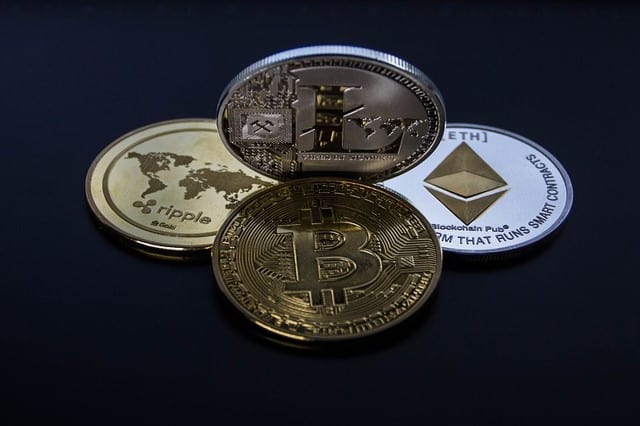Primitive societies revolved their trading around self-measured monetary values. Be it shells or stones or bread loaves and meat – the history of money has always shown an upgrade from its previous form.
The current era is experiencing a transition; money evolving from its physical form to digital. Cryptocurrencies cracked the biggest problem of the financial world when a monetary transition took place without a centralized authority. The change here doesn’t define the form of money but rather the substance in which it is recorded, transmitted and minted.
Cash is now history, and so is Bitcoin. It will remain as the first and most decentralized digital asset but we cannot overlook its issues. Starting with scalability; the only problem that needs to be solved if you expect 7 billion people to use it globally. When Satoshi made Bitcoin, he understood the importance of decentralizing money, what he didn’t work on was, distributing it.
The next stage for cryptocurrencies isn’t going to be about protocol companies coming up with their own digital assets to shill. The next phase isn’t going to make people rich. The next phase will be convenience-driven and this phase will lead to higher adoption.
Right now if you ask any boomer around you about Bitcoin they’ll call it a black market gambling tool or maybe an illegal currency irrespective of how much you explain the ins and outs – it’s almost impossible for people who don’t care about who governs their money to change their assets from centralized modules to decentralized ones. Honestly? That’s just alright. People have their differences and their pre-established notions, nothing can really help that except a better, convenient, government-embraced solution.
Hinting to the next phase – national cryptocurrencies or as we know it CBDCs [Central Bank Digital Currencies].
In their current form, cryptocurrencies are imperfect, but they may play a significant role in increasing global economic participation and protecting against government overreach. Globally, the World Bank estimates that there are 2 billion people without bank accounts of which a third of those are living in Sub-Saharan Africa. Given that cryptocurrencies have low adoption costs and are available online without the need to access a physical bank, cryptocurrencies offer a convenient and safe alternative. Many of the unbanked do not have clear identifying information, making it difficult to implement traditional banking Know Your Customer and Anti Money Laundering practices.
With a smartphone and internet connection, anyone can use cryptocurrencies to send and receive money and the transaction costs are often significantly lower than traditional solutions. The transfer is fast and secure and the barriers of entry are low. It also provides an alternative solution in countries facing hyperinflation.
– The Institute of Faculty of Actuaries
Before talking about CBDCs it’s important to understand that the government-run currency may or may not be on a blockchain. It may be transparent or it may not. It may be decentralized or may not. But that’s not the point, the point here is the convenience that drives adoption.
It is about a digital asset that is trusted by people and is seamless to be used; for a 17-year-old tech-savvy teen as well as for an 80-year-old gran.
The decentralized aspect is for the latter and those in need of it will always switch to Bitcoin.
It is right that if you control the money you do control the world, I mean money is power and power is power. But for someone to not control the money you need to make people realize that it is controlled in the first place and that awakening will come with awareness and awareness with adoption and adoption with convenience.
PS:- If you’re an individual or an entity building for the acceleration of adoption, ping me up on my social handles to see if our synergies match!
Disclaimer note: The article represents the contributors’ opinion and does not necessarily represent the views and opinions of Tron Weekly.

